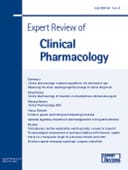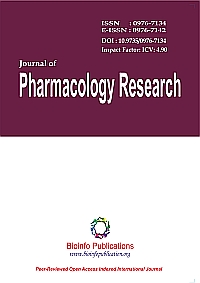
“Several studies have linked impaired glucose uptake and insulin resistance (IR) to functional impairment of the heart. Recently, endocannabinoids have been implicated in cardiovascular disease. However, the mechanisms involving endocannabinoid signaling, glucose uptake and IR in cardiomyocytes are understudied.
Here, we report the endocannabinoid 2-Arachidonoylglycerol (2-AG) via stimulation of cannabinoid type-1 (CB1) receptor and Ca2+/Calmodulin-dependent protein kinase β (CaMKKβ) activates AMPK leading to increased glucose uptake. Interestingly, we have observed that the mRNA expression of CB1 and CB2 receptors was decreased in diabetic mice, indicating reduced endocannabinoid signaling in diabetic heart. We further establish that TNFα induces IR in cardiomyocytes.
Treatment with 2-AG suppresses TNFα-induced pro-inflammatory markers, and improves IR and glucose uptake. Conversely, pharmacological inhibition or knockdown of AMPK attenuates the anti-inflammatory effect and reversal of IR elicited by 2-AG. Additionally, in human embryonic stem cell-derived cardiomyocytes challenged with TNFα or free fatty acid (FFA), we demonstrate that 2-AG improves insulin sensitivity and glucose uptake.
In conclusion, 2-AG abates inflammatory responses, increases glucose uptake and overcomes IR in an AMPK-dependent manner in cardiomyocytes.”







 “Endocannabinoids are pleiotropic lipid messengers that play pro-homeostatic role in cellular physiology by strongly influencing intracellular Ca
“Endocannabinoids are pleiotropic lipid messengers that play pro-homeostatic role in cellular physiology by strongly influencing intracellular Ca
